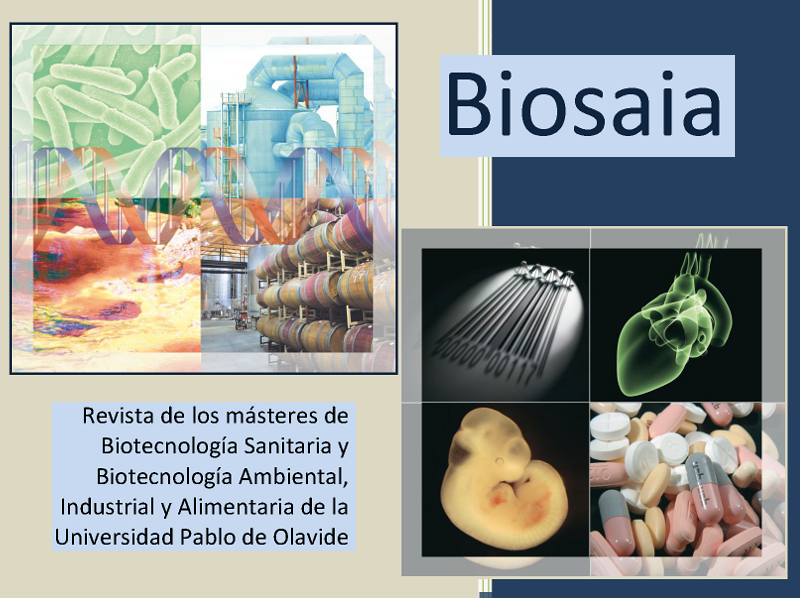Development of tools for the widespread implementation of CRISPR-Cas technologies in Gram-negative bacteria
Palabras clave:
CRISPR-Cas; gram-negative; bacteria; plasmid.Resumen
CRISPR-Cas technology has made a huge impact due to its potential for editing, regulating and targeting genomes overthe past years. It has been proven a very powerful and useful tool with lot of potential and a wide range of applications within the biotechnological, pharmaceutical and food industry, among others. Nevertheless, one of the biggestshortcomings of this technology is that, despite the multiple of applications already available, there is potential for many moreuses yet to be discovered.According to that, the Bacteria domain holds the promise of an entire world of opportunities and possibilities, as thistechnology has not been implemented, with the exception of Escherichia coli and a few other species. Many examples ofhighly interesting organisms are Gram-negative bacteria, such as the symbiotic nitrogen-fixing Rhizobium and Shinorizobium spp. Developing the CRISPR-Cas system to be able to modify genetically these organisms, establishingspecific protocols for directed genome or gene expression manipulation, would be a game changer and set a baseline forfurther research. The aim of our project is to develop CRISPR-Cas-based genome editing tools of widespread use in Gram-negative bacteria and test their fucntion in three members of the Rhizobial grou, namely Rhizobium legumirosarum, Shinorhizobium melilotiand Sinorhizobium fredii. The strategy designed consists on the construction two broad host-range plasmids: one expressing the nuclease Cas12a, and a second one expressing a Cas12a gRNA, and containing the gRNA target sequence and GFP (Green Fluorescent Protein) as a reproter gene. The ability of Cas12a to induce loss of this reporter plasmid (and the GFP reporter encoded therein) will be assessed, and the efficiency by which expression of different repair systems enable persistance of the plasmid by introducing mutations at the cleaved target calculated. The combination of efficient target cleavage and efficient mutation-inducing repair will provide a suitable toolkit for genome engineering in these organisms. As we progress with this project we expect to be able to offer the scientific community a complete toolbox of Cas nucleases, repair systems and testing procedures that will allow the identification of the optimal tool combination for each organism.
Descargas
Citas
Creutzburg, S., Wu, W., Mohanraju, P., Swartjes, T., Alkan, F., & Gorodkin, J. et al. (2020). Good guide, bad guide: spacer sequence-dependent cleavage efficiency of Cas12a. Nucleic Acids Research, 48(6), 3228-3243. doi: 10.1093/nar/gkz1240. Kim, H., & Kim, J. (2014). A guide to genome engineering with programmable nucleases. Nature Reviews Genetics, 15(5), 321-334. doi: 10.1038/nrg3686. Sander, J., & Joung, J. (2014). CRISPR-Cas systems for editing, regulating and targeting genomes. Nature Biotechnology, 32(4), 347-355. doi: 10.1038/nbt.2842. Strohkendl, I., Saifuddin, F., Rybarski, J., Finkelstein, I., & Russell, R. (2018). Kinetic Basis for DNA Target Specificity of CRISPR-Cas12a. Molecular Cell, 71(5), 816-824.e3. doi: 10.1016/j.molcel.2018.06.043.
Descargas
Publicado
Cómo citar
Número
Sección
Licencia
Derechos de autor 2021 Biosaia: Revista de los másteres de Biotecnología Sanitaria y Biotecnología Ambiental, Industrial y Alimentaria

Esta obra está bajo una licencia internacional Creative Commons Atribución-NoComercial-CompartirIgual 4.0.





